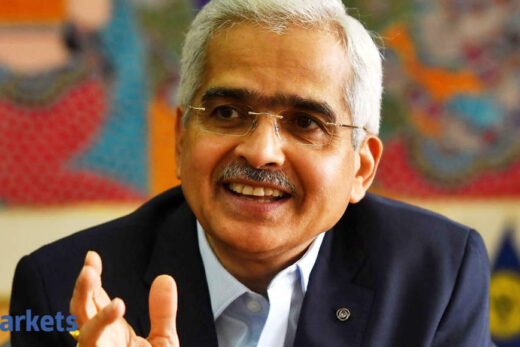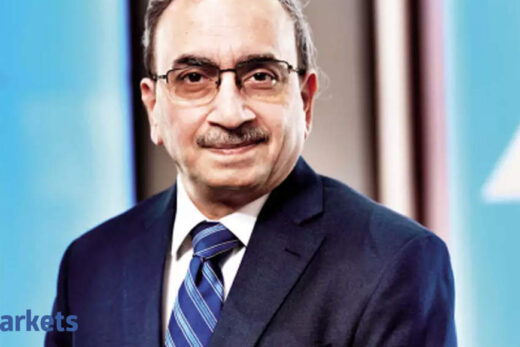Possibly, the enlargement of variable rate reverse repo (VRRR) auctions is a precursor to such a scenario. The litmus test for how transient the inflation spike is lies in the resolution of global supply chain issues, particularly in developed economies, which explains a significant part of high prevailing inflation.
‘Inert’ growth weighs: RBI’s policy announcement on Friday, while keeping policy rates unchanged (reverse repo rate at 3.35 per cent and repo rate at 4 per cent), remains weighed by growth-revival imperatives, which are still ‘nascent and hesitant’ in the context of the impact of Covid Wave 2 as well as potential future waves. The demand condition is seen as inert despite normalisation from the impact of Wave 2 and improved 12-month-forward consumer sentiment.
While corporate performance has been good over the past 12 months, investment demand is anaemic. Pricing power in the manufacturing sector is feeble amid rising raw material costs and rising global commodity prices are a risk to growth outlook.
Pre-emptive action can kill the nascent revival: Given growth concerns, RBI has chosen to look through the recent spike in headline CPI inflation (reached 6.3 per cent in June 2021) as it is seen as transient, driven by supply sided factors, elevate domestic fuel taxes, elevated logistics costs, and high global commodity prices. Initiating pre-emptive normalisation of the ultra-easy monetary policy stance based in near-term spikes in inflation could “kill the nascent and hesitant” growth revival.
RBI scales up inflation projection even as growth to in 2HFY22: Overall, RBI has retained real GDP growth projection for FY22 at 9.5 per cent, based on its earlier scaled-down expectation and largely driven by a favourable base effect. The terminal quarter growth is being seen at 6.1 per cent, in Q4FY22, declining from 21.4 per cent in Q1.
The inflation trajectory has been scaled up to an average of 5.7 per cent for FY22, up 70bp from earlier. Importantly, the terminal quarter inflation is being seen higher at 5.9 per cent, accompanying growth deceleration, reflecting the impact of cost-led inflation on growth. The 4 per cent inflation target is now meant to be achieved over 2-3 years.
Easy financial condition the top priority: Thus, RBI’s stance to sustaining its monetary accommodation reflects its prioritisation of comfortable financial and liquidity conditions. Despite the higher projected inflation, central banks have allowed the banking system’s excess liquidity to remain extremely high. The LAF balance has increased further to Rs 8.5 lakh crore, or 5.4 per cent of bank deposits (Aug 4, 2021), up from the daily average of Rs 5.7 lakh crore in June, 2021. The GSAP purchase of G-sec by RBI is slated to continue (Rs 25,000 crore each on Aug 12 and 24, 2021). The only visible change is the progressive expansion of fortnightly auctions of the variable reverse repo rate (VRRR), rising to Rs 4 lakh crore by end-Sept 2021.
Liquidity support extended: Unlike earlier statements, no additional regulatory measures were announced this time. In light of the impact of Covid Wave 2, liquidity support under the TLTRO window has been extended until Dec 31, 2021. Likewise, the liquidity access potential for banks by dipping into SLR holdings of the G-Sec has also been extended. The resolution framework for stressed accounts that provides resolution based on identified financial performance until March 2022 has been extended to October, 2022. Thus, the liquidity support as an essential tool to ensure systemic financial stability is also maintained.
RBI more dovish than others: RBI’s “whatever it takes” stance crucially hinges on its assumption that the inflation spike will be transient, aligning the views of other central banks including the US Fed and UK’s BoE. Even so, the UK’s BoE has scaled up its inflation forecast by a huge 150bp to 4 per cent by end-2021, which implies that the transitory phase of high inflation will be longer than previously imagined.
Hence, “some modest tightening of monetary policy is likely to be necessary” over the next 2 years to keep inflation under control, as per the BoE. A similar view was expressed earlier by US Fed chairman Jerome Powell. Thus, with the US Fed and BoK indicating QE tapering, RBI’s stance of continuing with GSAP is more dovish. If indeed the duration of high inflation is longer, the RBI may need to think about reducing GSAP purchases and start normalising the liquidity deluge; the distortion created that it is creating in short-term money market rates is cannibalizing bank loan demand Possibly, the enlarged of VRRR auction of Rs 4 lakh crore is a precursor to lower GSAP.



